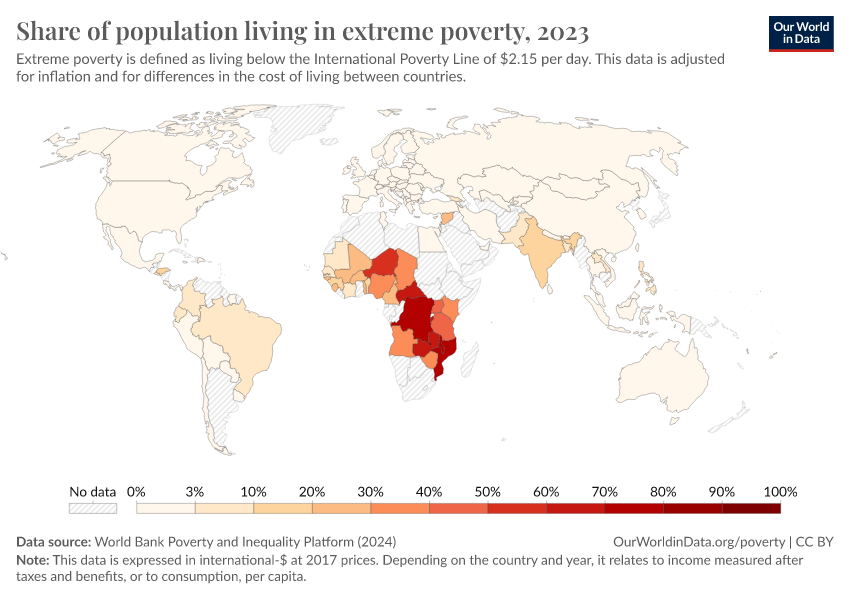If you live in the same country as your family, you don’t usually have to pay a fee when you send them money. International migrants face a harsher reality: they pay hefty transaction costs when supporting family back home. Globally, the average fee in 2023 was 6.3%, more than double the UN Sustainable Development Goal's target of getting this down to 3%.
This may not sound like much, but migrants send large amounts home to help with schooling, medical bills, house maintenance, and food. The total sum was nearly three times larger than global foreign aid in 2023. (Here, foreign aid consists of net development assistance from national governments and private philanthropy that meets the necessary conditions.)��Although 6.3% might seem modest, when applied to large volumes of money, these transfer fees amount to tens of billions of dollars.
The chart shows that migrants lost $51 billion in transaction fees in 2023, which is not far from the $66 billion the US gave as foreign aid. That's $51 billion paid by migrants but never received by their families.
With the new US administration projected to cut aid by more than half, aid experts from the Center for Global Development suggest reducing fees could help fill some of the gap. They recommend promoting cheaper transfer options, increasing competition between services, and linking banking systems across countries.
While money sent home by migrants isn’t as targeted to vulnerable groups as aid, most of it flows directly to families in low- and middle-income countries who can use it for what they need most.
Read more about money sent home by migrants →







